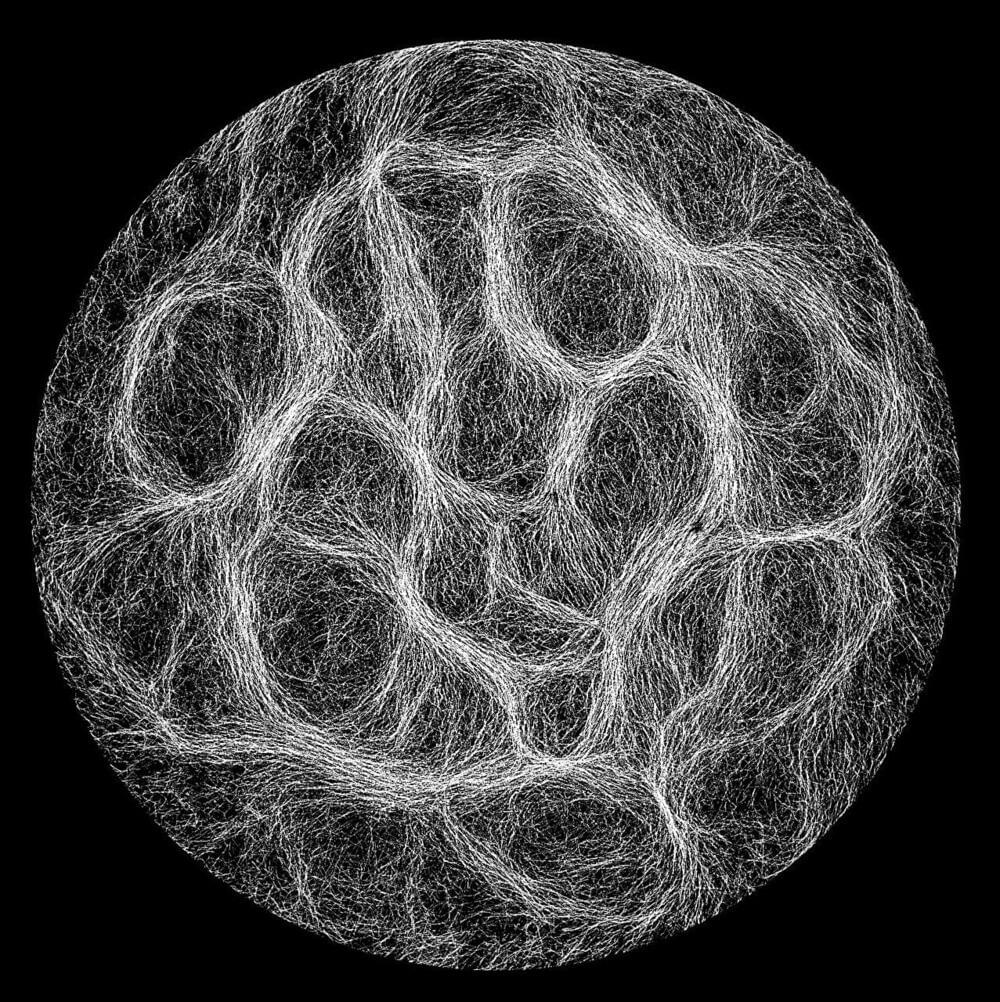Scientists have for the first time revealed how blue-green algae—visible as the slippery green slime in stagnant water, riverbeds, and seashores—weaves itself into large weblike structures.
A team at Nottingham Trent University and Loughborough University has revealed the physical mechanism behind the geometric patterns formed of cyanobacteria, one of the oldest and most abundant forms of life on Earth, and which has played a pivotal role in the evolution of our planet.
The research, for which Ph.D. students Mixon Faluweki and Jan Cammann are co-lead authors, is published in the journal Physical Review Letters.









Comments are closed.